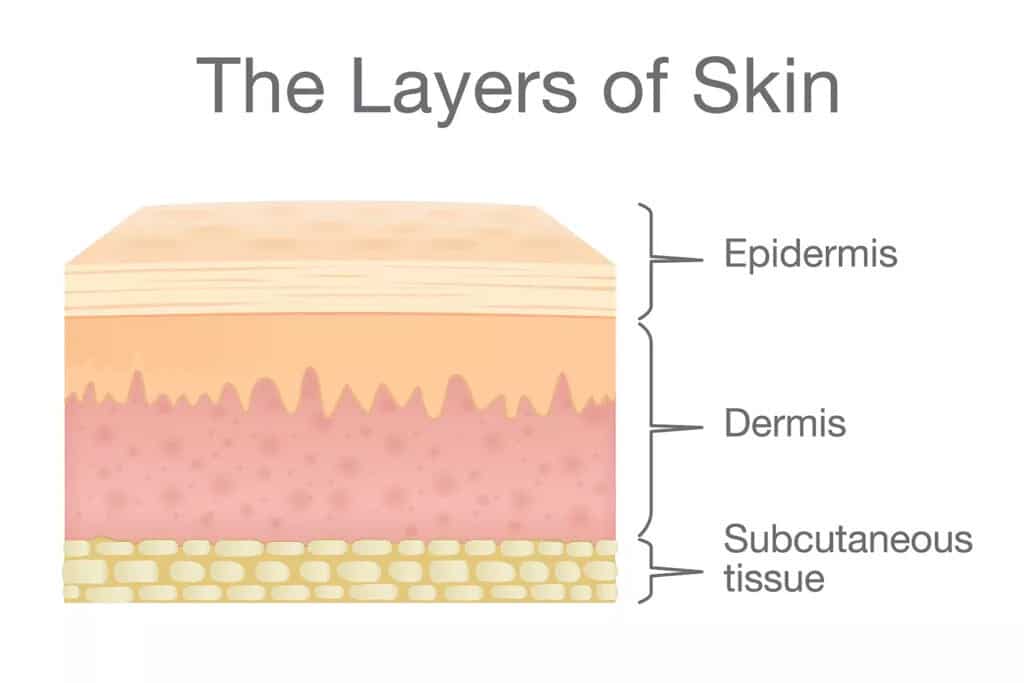
As we age, the helpful fat layer under the skin starts to fade. As it becomes depleted, the skin becomes thinner, fragile, dry, and less elastic. After that, age spots, wrinkles, and even jowls may start to appear. While the process of aging is natural and inevitable, there are multiple ways of slowing down the effects of aging on our skin. Let’s hop in and take a look!
Introducing Dermal Fillers
Over the years, seemingly countless skincare products and cosmetic procedures have being introduced, all promising an everlasting youthful appearance. Pills, creams, and injectables, and various other formulations are available that will keep our skin healthy and young. Some work better than others – and for most patients, injectables are the most effect, reliable and predictable solution. Explore our extensive range of high-quality Dermal Filler supplies.
Dermal fillers are gel-like substances carefully injected underneath the skin. These fillers aim to restore the volume of the skin, giving patients a more youthful appearance. Different dermal fillers have different key ingredients. Some are natural, while some are synthetic. However, the most commonly used key ingredient for dermal fillers is hyaluronic acid – you may have already heard of this substance. It is naturally present in our skin and keeps the skin hydrated and volumized – sort of like the fountain of youth. However, as we age, our body’s ability to produce hyaluronic acid slows down. This leads to the signs of aging you are also probably familiar with.
Dermal fillers smooth out wrinkles, folds, lip lines, and excessive under-eye circles. They can boost the cheekbones, augment the chin, volumize lips, and even rejuvenate the back of the hands.
 To identify where hyaluronic acid dermal fillers are injected, it’s helpful to understand the layers of the skin. Let’s review.
To identify where hyaluronic acid dermal fillers are injected, it’s helpful to understand the layers of the skin. Let’s review.
- The outer part (epidermis) is the one we can see easily. It contains skin cells and pigment. It protects the surface by acting as a barrier to infections. It also maintains the body temperature.
- The middle part (dermis) contains skin cells, blood vessels, sensory nerves, hair follicles, and oil glands. It also has connective tissue and serves to cushion the body from stress and pressure.
- The inner layer under the dermis (the subcutaneous layer), also known as the hypodermis, contains sweat glands, hair follicles, blood vessels, and fat. It connects the skin to the underlying muscle and bone. And its helps to insulate the body.
The dermis and hypodermis are surrounded by the extracellular matrix – a complex network of molecules surrounding all cells and tissues. Its main function is to regulate the various cellular processes. One of the many components of the extracellular matrix is hyaluronic acid. Let’s take a closer look at hyaluronic acid.
HYALURONIC ACID
You may have heard of hyaluronic acid as the serum that replenishes your skin moisture, making it look more supple – it’s found in virtually all topical moisturizing creams and lotions. But did you also know that it is naturally produced and present in our body? And that it serves other functions as well – it’s not just there to moisturize the skin.
Hyaluronic acid is also present within our joints, lubricating and strengthening the joints. It also assists in wound healing, aiding in the immune response against tissue injury. It also provides the framework for blood vessel formation.
But how exactly does hyaluronic acid hydrate your skin? Well, it does so by attracting and trapping water molecules to the collagen present within the extracellular matrix in the dermis layer of the skin.
HYALURONIC ACID DERMAL FILLERS
There are many hyaluronic acid based dermal fillers available, each with its own set of beneficial properties, and particular uses. Dermal fillers with a higher concentration of hyaluronic acid will effectively displace more tissue and lead to longer-lasting results.
You may also hear the term cross linking. Cross-linking is a process that forms bonds between each hyaluronic acid molecule, stabilizing the gel, allowing it to penetrate more deeply into the skin. Not only do they penetrate deeply, but cross-linked hyaluronic acid dermal fillers also will last longer.
For example, Juvederm hyaluronic acid dermal fillers contain a high concentration of cross-linked hyaluronic acid. They also have a more smooth injection flow, with results lasting up to 12 months. Some dermal fillers also contain the anesthetic lidocaine, effectively minimizing pain upon injection.
As it integrates into the dermal tissue, the hyaluronic acid attracts water, thereby creating natural volume where it is injected.
Did you know? There are two primary sources of hyaluronic acid, animal source or bacterial source. The synthetic hyaluronic acid is obtained from the fermentation of the Streptococcus equine bacteria. The bacterial-derived dermal fillers are generally purer, more viscous, and are less allergic when compared with animal-derived hyaluronic acid. Bacterial-derived hyaluronic acid has become more popular recently, as animal-derived acids can potentially induce an allergic reaction due to the presence of animal protein in the formula. The Juvederm family of dermal fillers contains bacterial-derived hyaluronic acids, giving it a very acceptable allergy profile.
Here’s another great feature of hyaluronic acid dermal fillers – they are reversible. So if you are not happy with the results, your doctor will insert the enzyme hyaluronidase to dissolve the filler within a couple of minutes.
The Wrap Up
For many of us, when the signs of aging arrive, it can impact our mental health. It can drain our self-confidence, making us insecure and conscious of the way we look. And while skin aging is an inevitable biological process, there are solutions available for this problem.
The Juvederm family of fillers is safe, hypoallergenic, long-lasting, and provides consistent results. It takes only a brief time to inject, and no recovery time is needed. With the right dermal fillers, you can achieve natural and beautiful skin once again. Licensed medical practitioners can buy dermal fillers at Health Supplies Plus.

About the Author: Doris Dickson is a specialist writer for Health Supplies Plus, focusing on the aesthetic medicine industry. She diligently researches cosmetic treatments and products to provide clear, concise information relevant to licensed medical professionals. Her work supports Health Supplies Plus’s commitment to being a reliable informational resource and trusted supplier for the aesthetic community.
Disclaimer: The content provided in this article is intended for informational purposes only and is directed towards licensed medical professionals. It is not intended to be a substitute for professional medical advice, diagnosis, or treatment, nor does it constitute an endorsement of any specific product or technique. Practitioners must rely on their own professional judgment, clinical experience, and knowledge of patient needs, and should always consult the full product prescribing information and relevant clinical guidelines before use. Health Supplies Plus does not provide medical advice.
